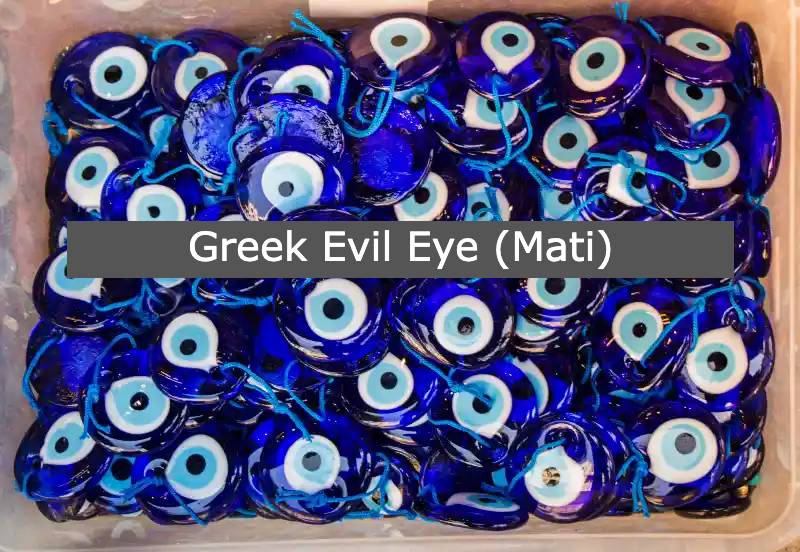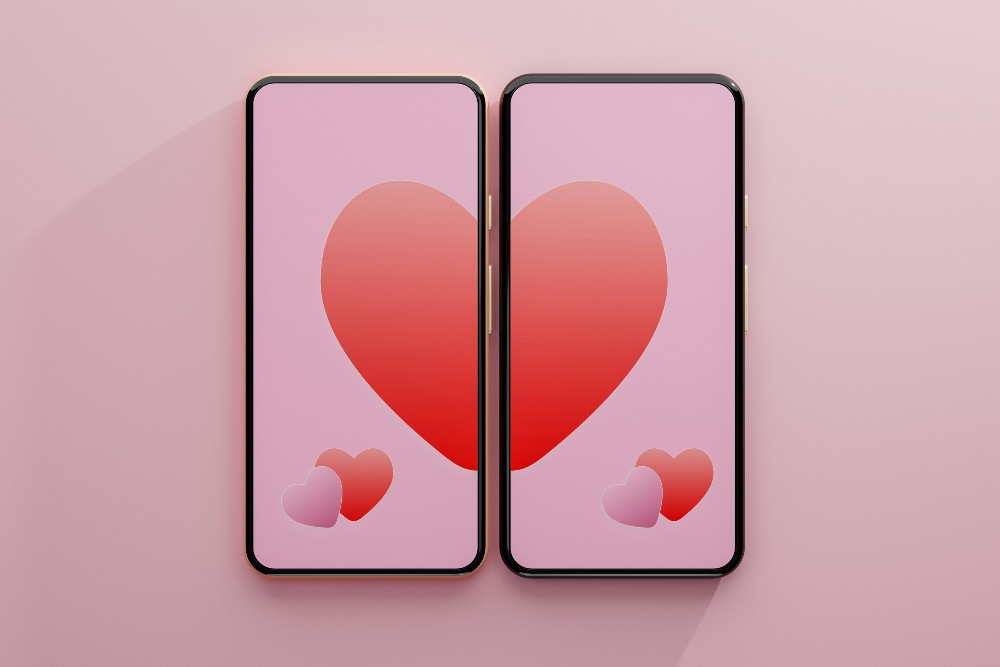Greek culture is vibrant even though it’s already many thousand years old. The fascinating heritage and lore around the Greek Evil Eye prove it. In Greek, the Evil Eye is called “kako mati”.
Practices relevant to the Evil Eye are present everywhere in Greece: from the pretty trinkets with the blue eye design (“matia” meaning “eyes”) to the mismatched socks a Greek person might be wearing, the Evil Eye is an age-old tradition.
But what is it, exactly?
It is a curse! A curse that anyone can cast. In fact, you could have cast it yourself and not even know it. The Greek Evil Eye is a fascinating concept, and in this article, you’ll learn everything about it.
What Is The Greek Evil Eye?
The Greek Evil Eye is a curse you can cast if you look at someone with some kind of forceful look. It can be a glare or an envious glance or even a fascinated stare. All it takes for the Evil Eye to be cast is for someone to look at you while feeling a strong emotion about you.
What’s more, it doesn’t need to be intentional. In fact, most Evil Eye curses are cast completely subconsciously.
What Does The Evil Eye Do?
Once you have been hit with the Evil Eye, you might experience a wide range of annoying or even debilitating symptoms: you may suffer a sudden headache, feel nausea or dizziness, be inexplicably sleepy, or unusually clumsy. You may feel unusually irritable or frustrated, tense, weak, or with brain fog you can’t explain.
It’s a safe prediction that if you complain of such symptoms to a Greek person – especially if they are of the older generations – they will immediately suspect you have the curse.
How Do You Cure The Evil Eye?
There are many remedies that can cure you of the Evil Eye if you have it. The most direct and simple is to say your prayers. You must close your eyes and pray with concentration, repeating your prayer of preference until you yawn.
When you yawn, the curse exits you and you should feel immediate or quick relief from your symptoms.
If you can’t concentrate or don’t feel like it, you can ask someone in your household to do a small ritual to break the curse. There are many taught from generation to generation and vary from region to region in Greece.
However, the two most prominent and accepted throughout the Greek populations are the oil method and the clove method.
According to the oil method, you must pour water in a coffee cup. Then, drop three drops of oil on the surface and say a prayer, mentioning the name of the person you want to relieve of the Evil Eye.
If the drops meet on the surface of the water and fuse into one, this is an indication that there is a curse, and you should say three prayers to break it.
If you prefer the clove method, you will need a cup of water, a needle, nine whole cloves and a lighter. You pin one clove at a time on the edge of the needle while you pray. During the prayer, you light the clove over the water.
If the clove “snaps” then there is a curse, and it is being broken. If the clove doesn’t “snap” then there is no curse, but you are offering protection from future attacks on the person you’re doing the ritual for.
Drop each burnt clove in the water. Once you are done, the person who is having the curse broken must drink three sips from the water to “bind” the protection.
How Do You Protect Yourself And Others From The Evil Eye?
According to tradition, the curse targets perfection or sources of envy. Therefore, all you need to do is to wear a cross around your neck or an “eye” (“mati” in Greek). The eye is a round pendant, usually made of glass, depicting a blue eye that acts as a ward from the curse.
Alternatively, you can have a deliberate imperfection on you: your socks may be mismatched, you may have a hidden flaw on your clothes or a little smudge of coal behind your ear.
To avoid giving people the Evil Eye, you should say a little phrase when you are praising someone or when you’re staring at someone: “May I not give you the Evil Eye”. Alternatively, you can just spit at them. You don’t need to do it literally.
All you need is to say “ftou, ftou”, the sound that resembles spitting. That’s why Greeks say “ftou ftou” when they like something.
How Old Is The Greek Evil Eye?
The idea of the Evil Eye curse has been around since at least the Bronze Age in Ancient Greece, as is the case for most of the ancient cultures of the Mediterranean. In Greece, there were consistently found special drinking cups adorned with the eye ward called eye cups.
They were apotropaic (meaning “cups that ward/deter”). Drinking wine from them was supposed to protect you from the Evil Eye curse.
The Ancient Greeks sought to protect themselves from the Evil Eye by also using special amulets like pendants depicting Medusa’s face. We know that because Ancient Greek scholars like Hesiod, Plato and later Plutarch discuss the Evil Eye and explain its functioning.
Later on, as the ancient Greek religion gave way to Christianity, the Church also recognized the Evil Eye. It called it “vaskania” (i.e. malignant envy). To cure it, the Church composed special prayers that are still in use today.
The Church also taught that the Evil Eye is powerless if you’re not afraid of it, because your fear fuels and attracts it as much as the envy that triggers it.
Nowadays, the Greek Evil Eye is more of a tradition than a solid belief. People love to gift eye wards to show their affection and protective feelings or admiration. Eye wards also make great souvenirs and inauguration gifts, adding a special traditional flair of well wishes to every occasion, and a bit of extra protection just in case.





